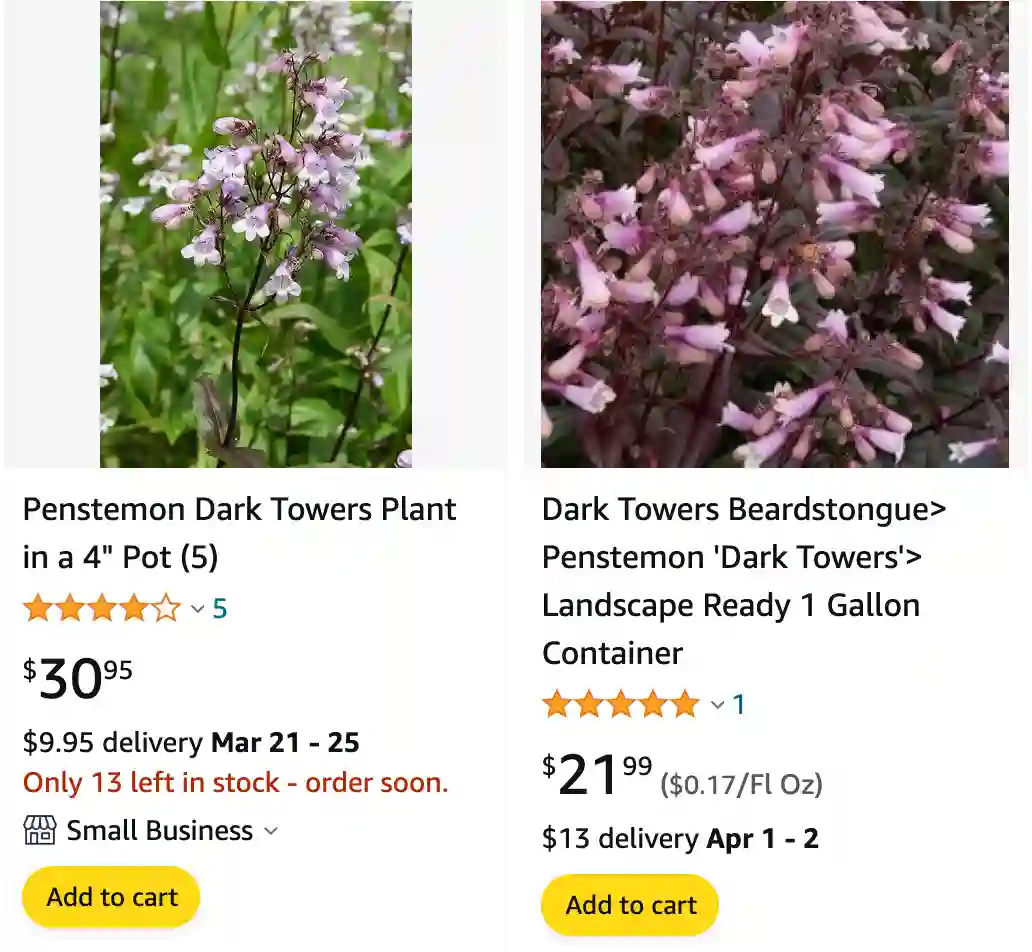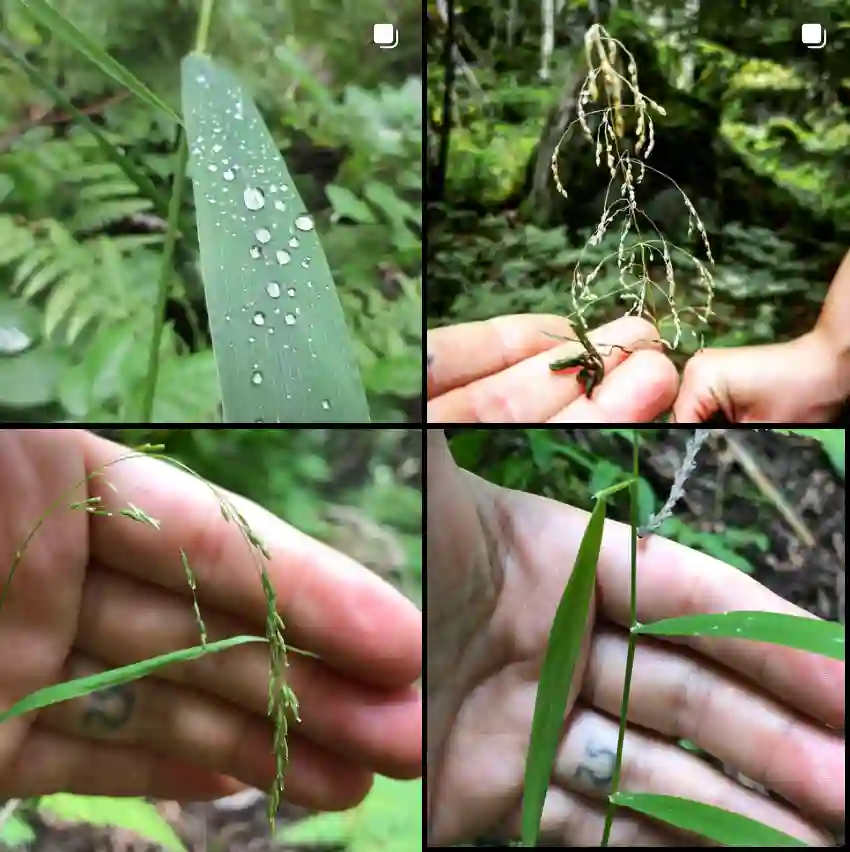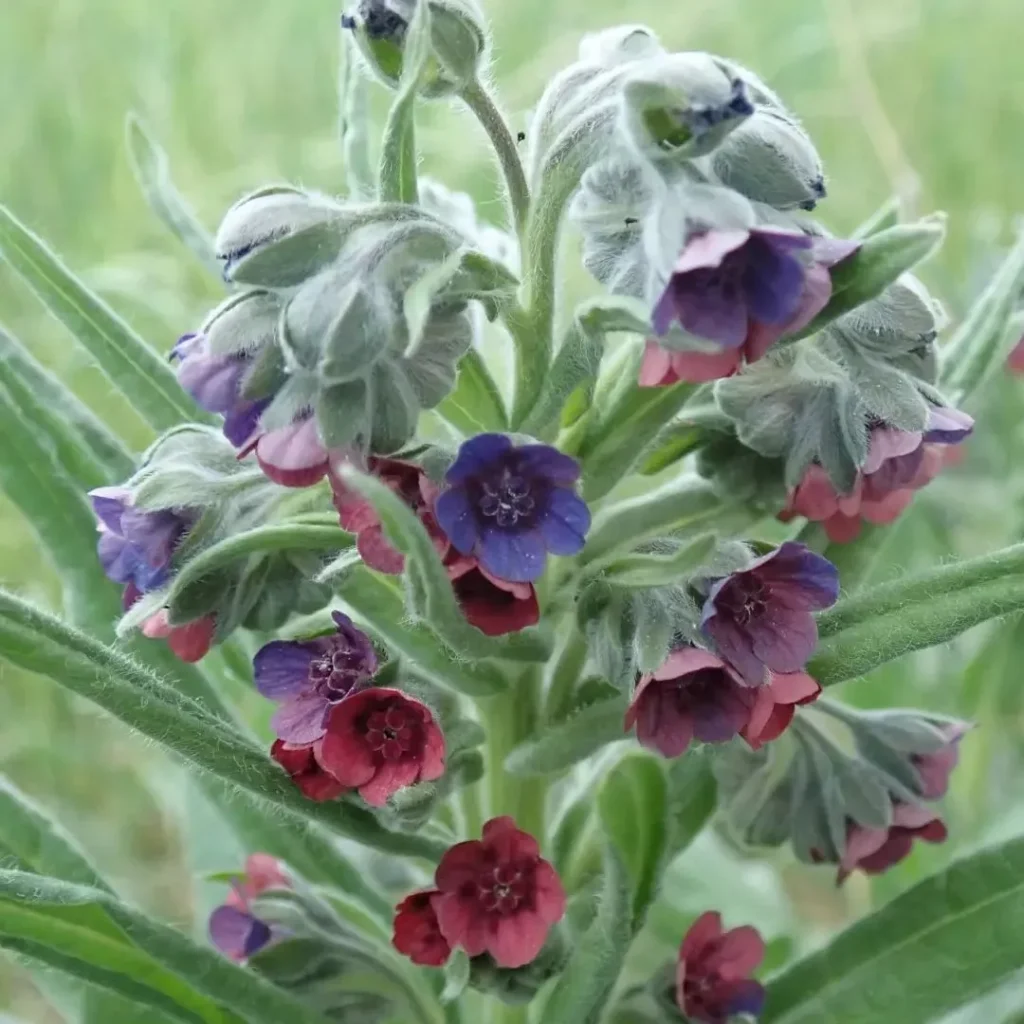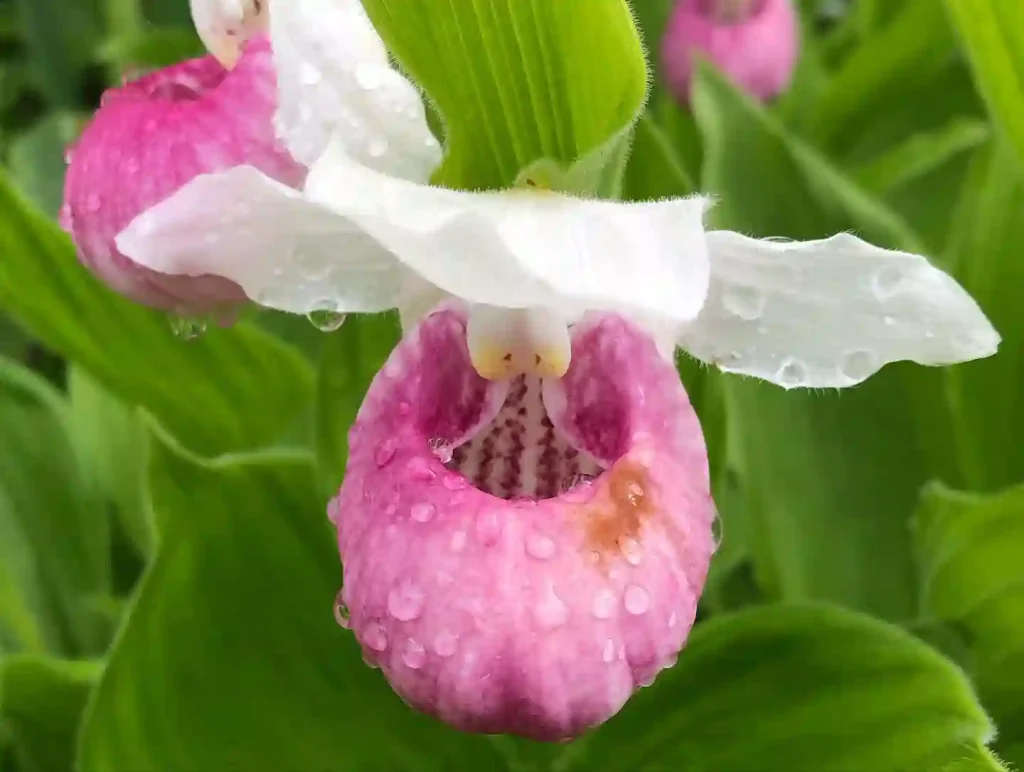
My Experience with Penstemon Dark Towers
As an avid gardener with a penchant for unique and striking plants, Penstemon Dark Towers has quickly become one of my favorites. Its elegant dark foliage and delicate pink flowers add a touch of sophistication to any garden landscape. Over the years, I’ve learned valuable insights into caring for and maintaining this stunning perennial. Here’s what I’ve discovered:
288 Species in Genus Penstemon
What is Penstemon Dark Towers?
Penstemon Dark Towers, also known as Beardtongue, is a cultivar prized for its dramatic deep purple foliage and tubular pink flowers. A member of the Penstemon genus, it is native to North America and thrives in well-drained soil and full sun. This perennial plant is known for its long blooming season, typically from late spring to early fall, making it a popular choice for gardeners looking to add color and interest to their outdoor spaces.
Penstemon Dark Towers vs Husker Red
Penstemon Dark Towers’ deep, almost black foliage contrasted beautifully with its vibrant blooms, making it a standout in my garden, whereas Penstemon Husker Red‘s striking red foliage and white flowers gave it a classic, refined look, but I found it didn’t pop quite as much as Dark Towers.
Penstemon Dark Towers vs Pocahontas
Penstemon Dark Towers had a more dramatic and intense presence in my garden with its dark, almost gothic foliage and rich flowers, whereas Pocahontas, with its softer, lighter hues and slightly more delicate blooms, felt like a gentler, yet still charming, alternative.
How to care for Penstemon Dark Towers?
Caring for Penstemon Dark Towers is relatively straightforward, but it requires attention to a few key details to ensure its health and vitality. Here are some essential care tips:
Planting: Choose a location with well-drained soil and full sun exposure. Penstemon Dark Towers prefers slightly acidic to neutral soil pH.
Watering: Water regularly, especially during periods of drought, but be careful not to overwater as this can lead to root rot. Allow the soil to dry out slightly between waterings.
Fertilizing: Apply a balanced, slow-release fertilizer in the spring to promote healthy growth and blooming. Avoid high-nitrogen fertilizers, as they can encourage excessive foliage growth at the expense of flowers.
Deadheading: Regular deadheading of spent flowers will encourage continuous blooming throughout the season and prevent the plant from self-seeding excessively.
Pruning: In late fall or early spring, prune back any dead or damaged foliage to maintain a tidy appearance and encourage new growth.
Dividing: Every few years, divide overcrowded clumps of Penstemon Dark Towers to rejuvenate the plant and promote better airflow and overall health.
Is Penstemon Dark Towers poisonous to humans?
Penstemon Dark Towers is generally considered non-toxic to humans, pets, and wildlife. However, like many plants, it may cause mild gastrointestinal upset if ingested in large quantities. As a precaution, it’s always a good idea to wear gloves when handling the plant to avoid potential skin irritation.
How to deadhead Penstemon Dark Towers?
Deadheading Penstemon Dark Towers is a simple task that can be done throughout the growing season to encourage continuous blooming and maintain the plant’s appearance. Here’s how to do it:
- Inspect the plant: Regularly check your Penstemon Dark Towers for spent flowers that have faded or wilted.
- Pinch or snip: Using your fingers or a pair of clean garden shears, pinch or snip off the dead flowers just above a set of healthy leaves or a node where new growth is emerging.
- Dispose of spent flowers: Collect the dead flowers in a garden waste bin or compost pile to prevent them from smothering the plant or attracting pests.
- Repeat as needed: Continue deadheading throughout the growing season to encourage the plant to redirect its energy into producing new flowers rather than setting seed.
By following these simple steps, you can keep your Penstemon Dark Towers looking neat and vibrant all season long.
Conclusion
Penstemon Dark Towers is a stunning addition to any garden, prized for its striking foliage and delicate blooms. By following the proper care guidelines, including deadheading, watering, and pruning, you can ensure that your plants thrive and continue to delight year after year. And rest assured, this captivating perennial poses no threat to humans or animals, making it a safe and beautiful choice for gardens of all sizes.
If i die, water my plants!



